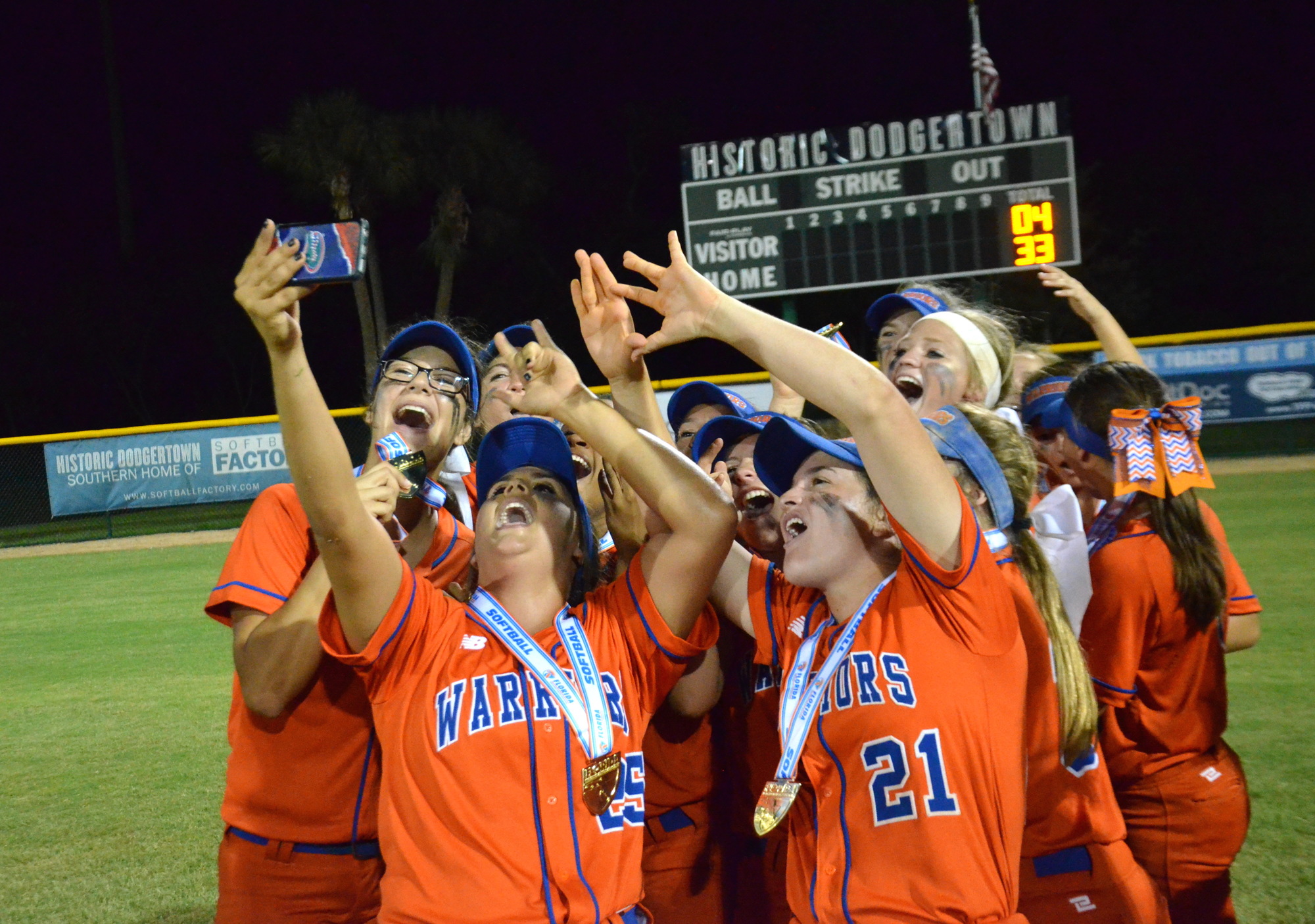- April 18, 2024
-
-
Loading

Loading

Addressing athletic directors and administrators from around the state at a recent compliance seminar, Justin Harrison — the Associate Executive Director for Athletic Services for the FHSAA — shared an interesting discovery.
He explained that he had been researching how the FHSAA has divided up its members into classifications over the years, and was surprised to find the status quo has been around for some time.
“The oldest handbook I could find was from 1931, and the classification was done based solely on student enrollment,” Harrison said to the group. “I talk to you today, in 2018, and classification is done solely based on student enrollment. Is it time for a change?”
For the FHSAA, the answer seems to be “yes.”
The organization has been busy meeting with athletic directors and coaches around the state in recent weeks, sharing information and gathering feedback on a proposal that would fundamentally alter the landscape in several sports: boys and girls basketball, boys and girls soccer, girls volleyball, baseball and softball.
In order to address problems such as blowouts in state tournament games, a downturn in attendance for playoff games and a general sense of an uneven playing field throughout the state, the FHSAA is proposing a reduction in the number of classifications and a wholesale change in how teams are assigned to a classification — or “divisions,” as they are referred to in the proposal.
Outlined in the proposal is moving all of the listed sports to six divisions. For every sport beside boys and girls soccer, this would be a decrease from nine classifications — for soccer, it would be an increase, formerly having had five classifications.
The second change would be in how those divisions are assigned.
To determine what division a team plays in, all member schools with teams playing a particular sport will be ranked using “power rankings” — to be done via MaxPreps, which already does this on a state-by-state and national basis.
The top 64 teams in the state will be assigned to Division One, the next 64 teams will be assigned to Division Two, and the remaining teams will be divided evenly amongst the remaining four divisions, with the rural division (currently Class 1A) remaining as is.
The initial idea is to reassign divisions every two years, based on the average of a team’s power ranking over the past two years.
Furthermore, districts would be eliminated in the proposal. In Divisions One and Two, where there would be just 64 teams, every team will be placed in a 64-team postseason tournament after the conclusion of the regular season. Seeding will be based on the updated rankings at the end of the season.
In Divisions Three through Six, however, only the top eight teams in each of eight regions — as determined by the power rankings — would make the playoffs. This would be a departure from the current system in all of these sports, where every team — regardless of record in the regular season — gets the chance to compete in a district tournament where it can earn a postseason berth.
The hope for the FHSAA, which has thrown its support behind the proposal, is to implement the new system for the 2019-20 school year. For that to happen, the item would have to be met favorably as a discussion item during an FHSAA Board of Directors meeting scheduled for September, and then officially voted on at the Board’s meeting in October.

As would be expected with any change of such significance, there is some resistance and caution. However, there also is plenty of preliminary support for it.
“I think (the proposal) has a lot of merit,” said Lisa Eaves, the new athletic director at Foundation Academy. “I think it’s going to allow dominant teams to not just walk through championships. It’s going to allow teams that are down, that are growing, to not have to pull out (of the state series) and go independent.”
Perhaps no sport better exemplifies why the FHSAA wants to shake things up than boys basketball. State semifinals and state finals in recent years have seen blowouts and running clocks with alarming frequency. Not surprisingly, attendance in Lakeland for the championships has gone down — and, in that, boys basketball is not alone. In fact, Harrison told those present at the meeting in June that overall revenue from state series playoff games in several sports has gone down.

“You would have thought, going from six classes to nine classes, that the total amount of money coming in would have increased — but it’s actually gone down,” Harrison said.
Instead, under the new system, powerhouse basketball programs such as Orlando Christian Prep, Oak Ridge and Blanche Ely — each of which cruised to state title this past season, winning their respective state semifinal games by an average of 28 points — would be competing for the same state championship.
One of the key changes athletic directors and coaches would have to deal with, were this to come to fruition, is scheduling. District schedules account for a significant portion of any team’s regular season slate, so the absence of those guaranteed games could create some additional stress. However, in the case of a school like Ocoee — whose district in some sports includes schools from Lake Minneola, Seminole County and as far away as Ocala — it could be a plus.
“Definitely, in some of our sports it would be a good thing,” Ocoee Athletic Director Bill Alderman said. “We have to drive up to Ocala in some sports. So, financially, it helps us out.”
Harrison said the hope is that a lack of districts will empower individual schools and teams to make schedules that make sense for their specific needs. That could mean scheduling teams closer to home to save on travel costs, and also not having to be in a district with a powerhouse that a program simply cannot compete with.
In a sport like softball, for example, enrollment-based classification has, in the past, had West Orange and Evans in the same district — despite the two programs competing at decidedly different levels.
Alderman said several of his coaches have responded positively to the proposed changes, viewing them as “a shot in the arm.” Windermere Prep Athletic Director Jacob Doss says he wants to know more about the details, but that the general idea is good.
“When there’s change, there is always going to be people that don’t like it,” Doss said. “Obviously there will be questions, but it’s moving in the right direction.”
While there would presumably be a hierarchy in the value of each championship — no one will confuse winning a Division Five title as being equal to the Division One title — the ability of more teams to have a reasonable shot is something local administrators seem to be responding well to.
“You have teams that had no chance of competing for championships who now will at least have a chance,” Alderman said.
Of course, even if the new system is implemented, there will be drawbacks. For instance, Mark Griseck, the head boys basketball coach at Windermere High, pointed out that rankings around the cutoff point for each division will make the difference between being a team that is a long shot to compete in one division and a favorite in another.

“I think the 64th team (the last team assigned to Division One) is not going to be real happy — and the 65th team (the top team assigned to Division Two) is probably really happy,” Griseck said.
Details will be monitored closely, with every person interviewed for this story expressing the desire to know more about the MaxPreps Power Rankings.
It does seem, though, that change of some sort is imminent, and many local coaches and administrators are doing their best to embrace what is to come.
“I do think this is going to happen and I’m trying to find all of the positives,” Doss said.